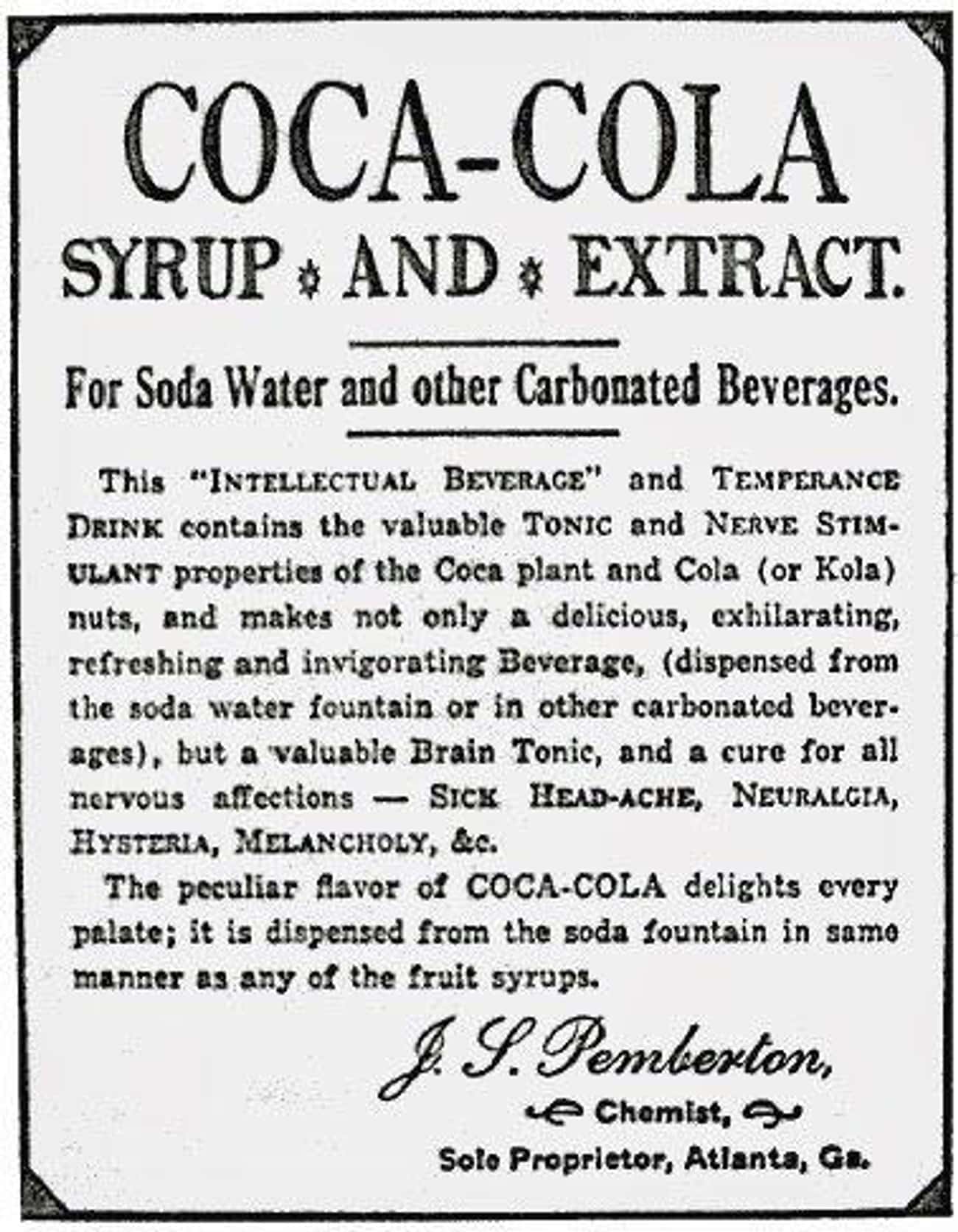
5h ·
On June 16, 1903, the U.S. Patent Office registered the trademark of New Bern, pharmacist Caleb Bradham’s new soft drink, Pepsi-Cola.
Fond of concocting fresh syrup flavors to mix with soda water at his drugstore’s soda fountain, Bradham had developed the formula for his new beverage in 1893. His friends initially dubbed it “Brad’s Drink,” but Bradham renamed his product “Pepsi-Cola” in August 1898, combining the names of two of the drink’s ingredients: pepsin, a digestive enzyme, and kola nut extract. Other ingredients were sugar, vanilla and “rare oils.”
Working in his pharmacy’s back room, Bradham launched the Pepsi-Cola Company and incorporated it in 1902. He first applied to register “Pepsi-Cola” as a trademark on September 23 of that year. The application, approved in 1903, described his product as “flavoring syrup for soda water.”
At first, he mixed the syrup and sold it exclusively to soda fountains. Then, realizing that a ready-to-drink beverage might appeal to more people, he began bottling and franchising Pepsi-Cola in 1905. In April of that year, he applied for a second Pepsi-Cola trademark for a “tonic beverage.” Registered a year later, that trademark was renewed and is currently owned by the multinational corporation, PepsiCo, Inc., of Purchase, N.Y.
http://www.ncmarkers.com/Markers.aspx?MarkerId=C-60///////////////////////////////////////////////////////////////////////////////////////////////////////////////////////////////////////////
Now gotta find the ones for Dr Pepper and Coke
If I recall Dr pepper was used as a medicine
and coke was created by a pharmacist
//////////////////////////////////////////////////////////////////////////////////////////////////////////////////////
How Coca-Cola Has Managed To Keep Their Recipe Secret For Over 130 Years – rnkr.co/HistoryOfCoclaRecipeWH
How The Coca-Cola Company Has Kept Its Recipe ‘Secret’ For More Than 130 Years

Megan Summers
Updated September 23, 202114 items
Since its invention by John Pemberton in 1886, Coca-Cola has become the most well known soft drink in the world. Yet who actually knows the Coca-Cola recipe?
On its website, Coca-Cola claims the company’s “secret formula for making Coca-Cola has remained a trade secret for 130 years.” Shrouding the drink’s ingredients in secrecy “creates a natural curiosity about the product itself,” according to social psychologist and marketing expert Ben Voyer.
As the years have passed and speculation concerning the Coke recipe has grown, people have come out of the woodwork claiming to know the recipe and other company secrets. Yet Coca-Cola insists its methods remain unknown by the public. So how does Coca-Cola protect its formula?
Photo: Unknown / Wikimedia Commons / Public Domain
Pemberton Invented Coca-Cola In 1886, But The Formula Was Not Written Down Until 1919
While Pemberton is technically the creator of the beloved carbonated beverage, he sold the company to Asa Candler soon after its invention in 1886. Pemberton passed in 1888, and Candler became Coca-Cola’s sole proprietor in 1892.
For more than a quarter century, the recipe was disclosed only by word of mouth. When Ernest Woodruff acquired the company in 1919, he used the secret formula as collateral for the loan he needed to finalize the purchase. According to Coca-Cola’s website:
[Woodruff] asked Candler’s son to write the formula down and placed the paper in a vault in the Guaranty Bank in New York until the loan was repaid in 1925. At that point, Woodruff reclaimed the secret formula, returned it to Atlanta and placed it in Trust Company Bank, now SunTrust, where it remained for 86 years until its recent move to the World of Coca-Cola.















